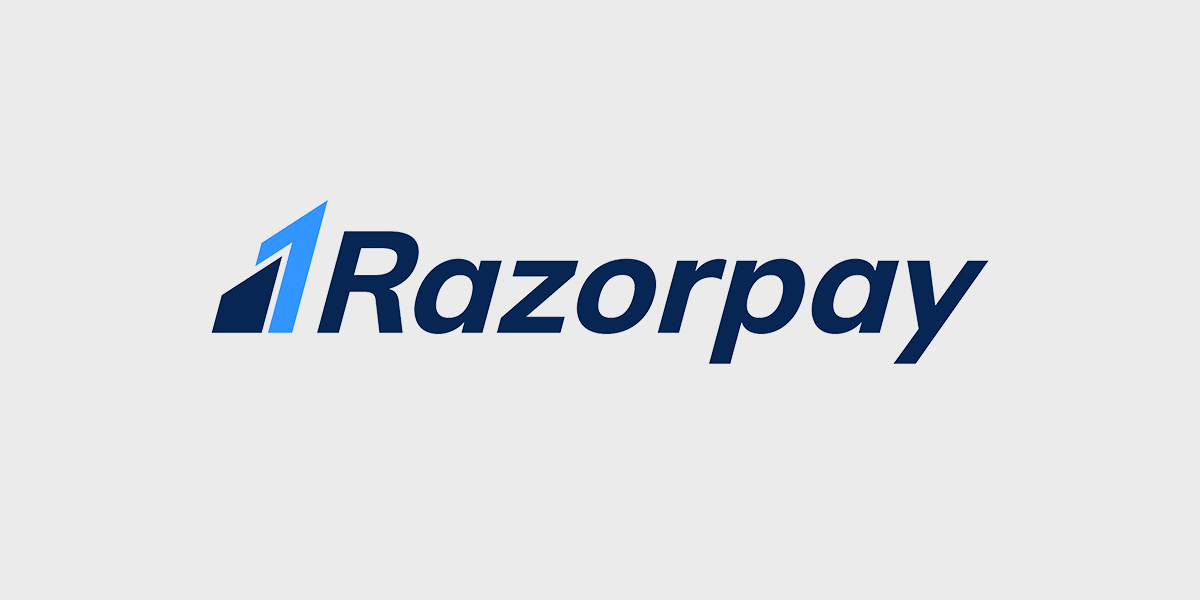NLP GLOSSARY
NLP Jargon Simplified:
[table id=1 /]
Get In Touch with us
Step Into a Transformed Future
Join our community of empowered individuals who have embarked on a journey of self-discovery, growth, and impact. It’s time to script your success story with Atmabhan Academy
Call us On:
8108166766
8767852090
Mail us at:
Office Hours:
Mon-Fri: 9am – 7pm
Sat-Sun: 10am – 3pm
Follow Us
Important
Links:
Coaching & Consultations
ASK Ashvin
Business Coaching
Executive Coaching
Health Coaching
Life Coaching
Resources & Store:
This Website is Encrypted and your information is 100% Safe

All Payments Supported by RazorPay Payment Gateway
Website Designed & Developed by Creafinity LLP

Ashvin Deshpande’s NLP EDGE Model

Global Certification Standards


